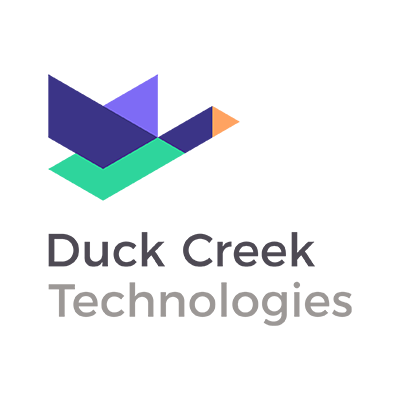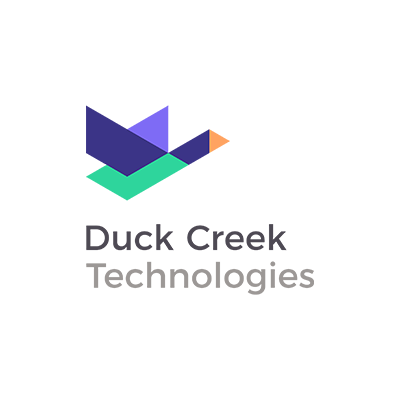Insurance carriers must constantly strive to reduce losses and optimize pricing to sustain and grow the business. With the availability of diverse data sets and the development of tech stacks to derive personal and commercial risk profiles from this data, underwriters now have the tools to meet both these objectives.
Data Replaces Doubt
The tech stacks include the insurer’s cloud-based core systems integrated with advanced artificial intelligence (AI) and machine learning (ML) models. These models can crunch both structured and unstructured data to give underwriters some combination of descriptive, predictive, and prescriptive analytics that help them better evaluate risk, accelerate the underwriting process, and deliver a low-friction underwriting experience to policy shoppers.
Utilizing these modeling techniques, insurers can deliver underwriting excellence for different lines of business in different ways.
- Personal: For personal lines, they can bring an increase in straight-through processing (STP), a shorter application form, and increased customer satisfaction.
- Mid-market/large commercial: For mid-market/large commercial lines, the complex risks for the segment means that the insurer still has to rely on an underwriter’s experience to evaluate the risk. That being said, improvements to underwriting efficiency are possible by automating workflows and providing selected insights to underwriters from the analytics model, helping them quickly focus on critical aspects of the new business policy application.
- Small commercial: For small commercial lines – our focus here – the benefits of advanced analytics at the fingertips of the underwriter stand out. Pricing reflective of actual risk, an increase in STP processing, and a dramatic reduction in time to quote and bind a policy offer distinct competitive advantages to the insurer.
Below, we take a look at what a robust integrated predictive analytics model must offer small commercial underwriters, who might, for example, underwrite worker’s compensation policies.
Data Sources
The analytics model can be trained on tens of millions of policies and associated claims, utilize dozens of third-party data sources, and be configured to be reflective of the carrier’s current book of business or desired future risk appetite.
Analytics Report
The analytics returned from the model for a small commercial application must include the following results:
- Predicted Loss Amount: An AI-model-generated loss prediction for this specific policy application. Calculated based on the application inputs and third-party data sources compared to the experience of the tens of millions of policies and associated claims that the model is trained on.
- Predicted Loss Ratio: The model’s predicted loss amount compared to the manual premium to determine likely profitability of a policy application. Often used to determine STP eligibility, underwriting priority, or underwriter assignment.
- Target Premium: A recommended premium calculated by applying a permissible loss ratio to the model’s predicted loss amount. This can be used as decision support for the underwriter when comparing this target premium to the expiring or manual premium.
- Low/High Range Premium: A suggested premium range that can serve as guardrails for less experienced underwriters or triggers for management review.
- Payroll Class Codes Audit Results: Flags potential audit issues at the time of underwriting, reduces premium volatility, and provides a better customer experience.
- Alternative Governing Class Codes: Ensure that you are underwriting the type of business that you think you are.
- Companion Class Codes: Identifies potential risks of the insured not captured on the initial application.
Benefits of Personalizing the Underwriting Process
Below are some of the important benefits of an integrated predictive analytics model for underwriters and policy shoppers.
Benefits for Underwriters:
- Achieve seamless integration between the insurer’s cloud-based core system and the analytics model provides one-click access to risk analysis.
- Gain confidence and reduce doubt in underwriting decisions.
- Underwrite complex risks faster with the help of predictive analytics.
- Adjust premiums on a case-by-case basis using a range of data sets and sources.
- Set realistic expectations of coverage with policyholders.
Benefits for Policy Shoppers:
- Policy coverages better aligned with policy premiums.
- Better understanding (transparency) of premium for desired coverage.
- Greater sense of value gained from policy.
Learn more about how Duck Creek’s insurance platform and its ecosystem of solution partners delivers these and other benefits to insurers.





